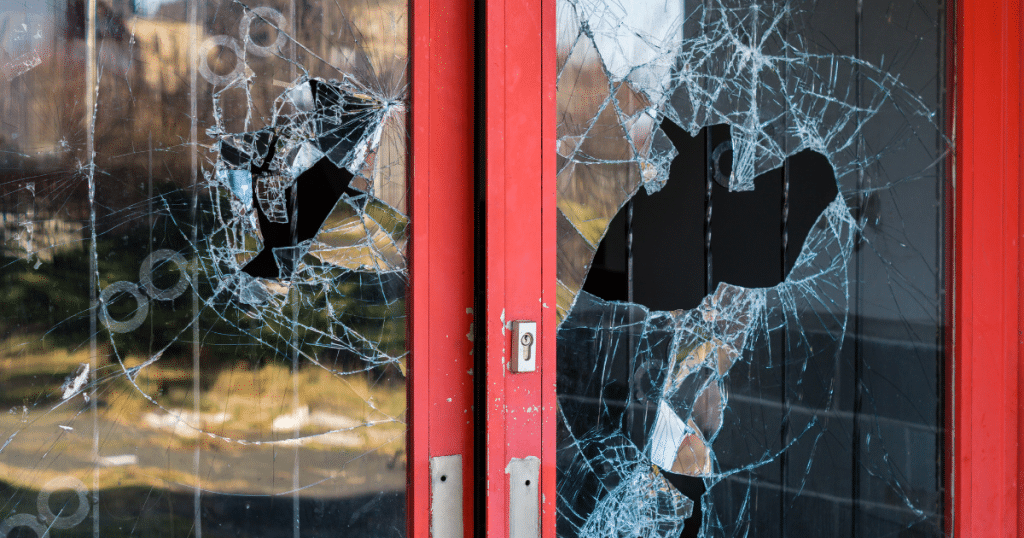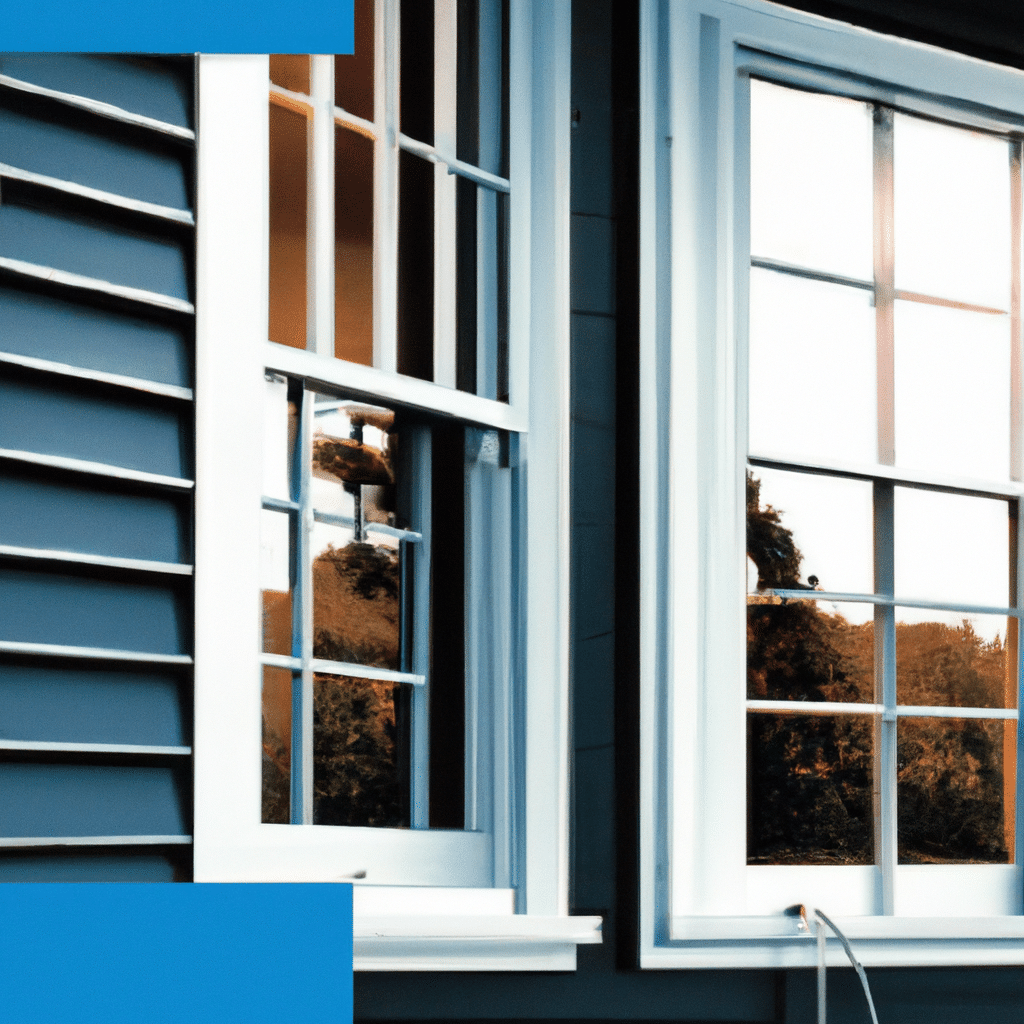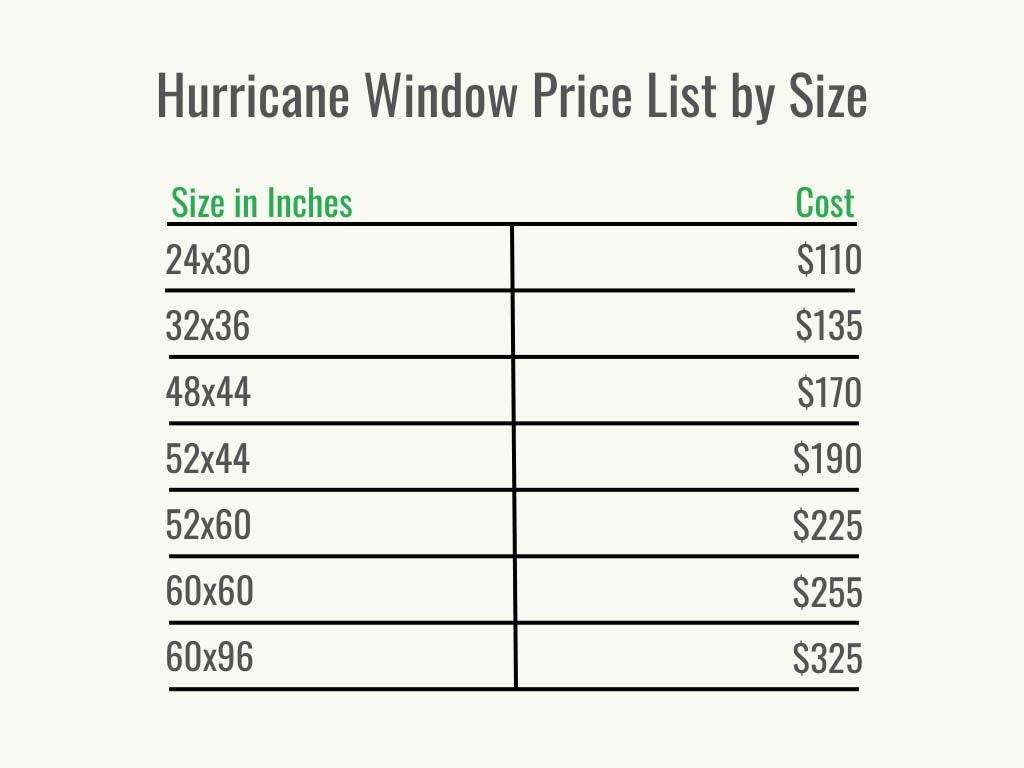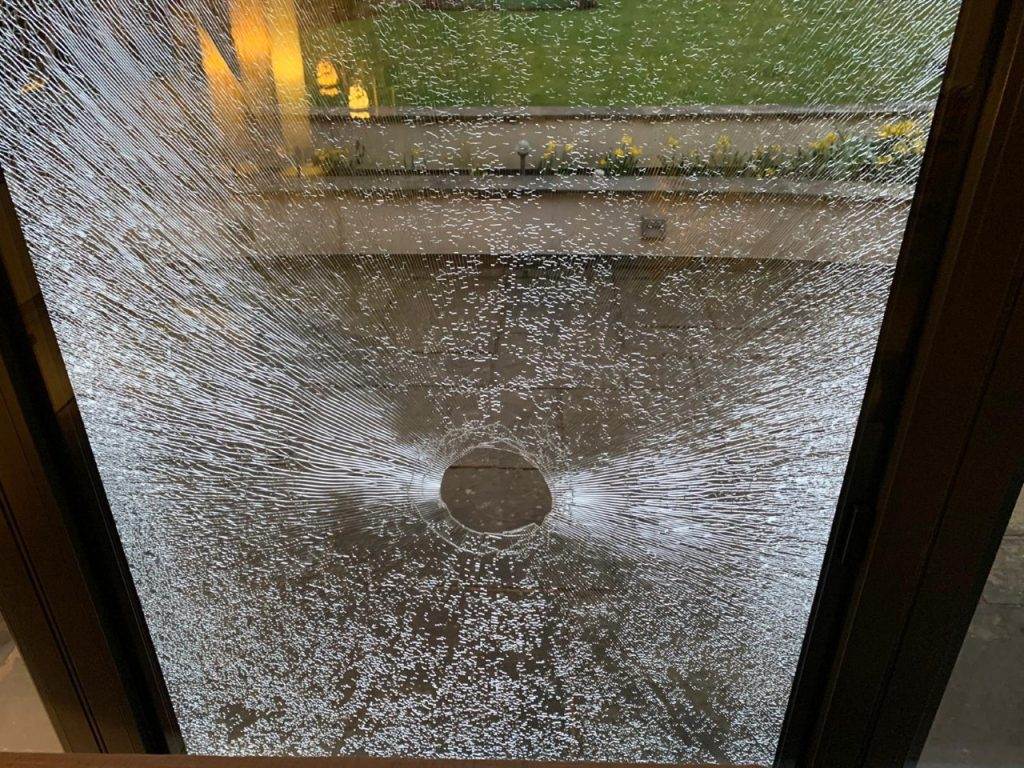What Happens If An Impact Window Breaks?
Discover what happens if an impact window breaks and the potential risks and consequences it poses. Learn about safety hazards, loss of protection, decreased insulation, security risks, financial implications, health risks, and more. Find out how to handle broken impact windows and explore options for repair or replacement.
What Happens If An Impact Window Breaks? Read More »





